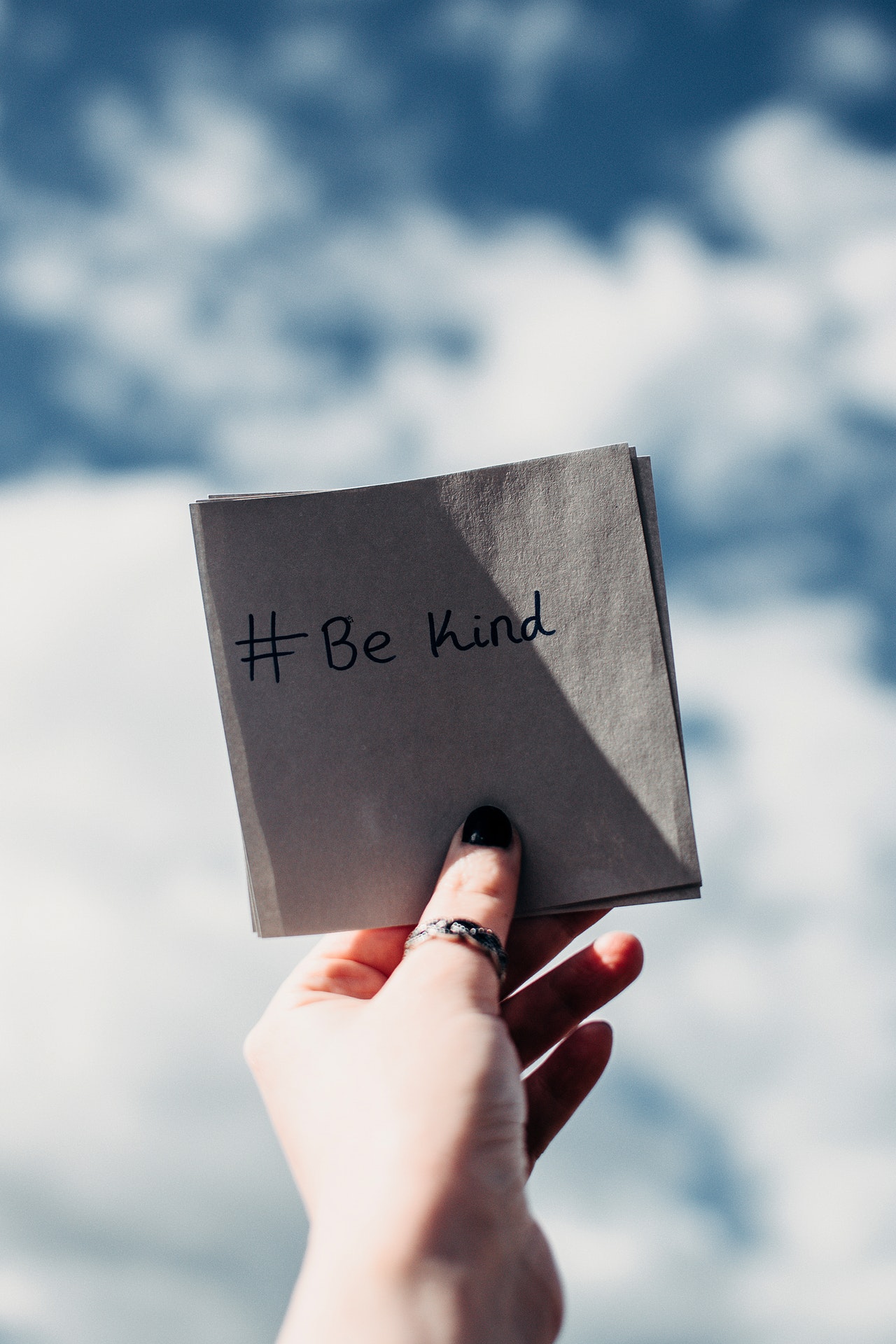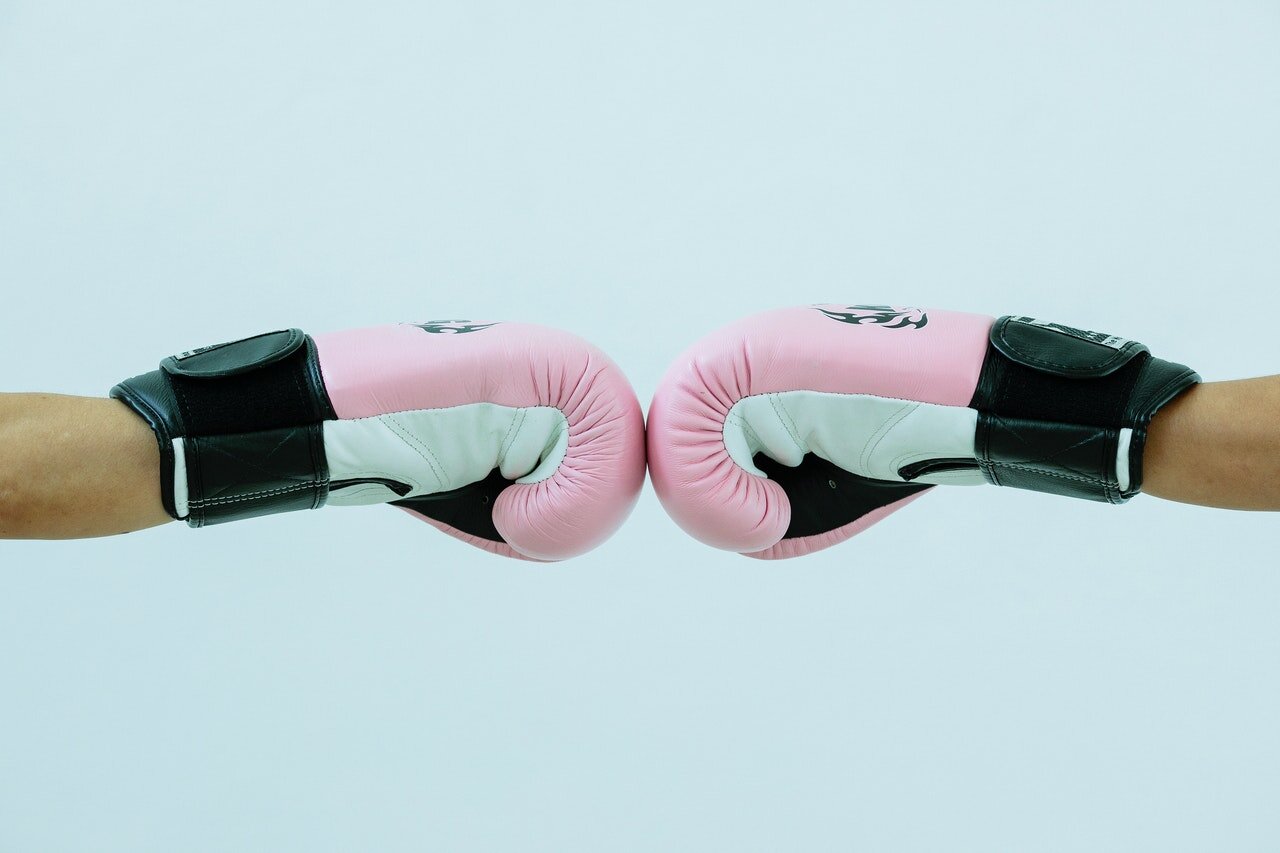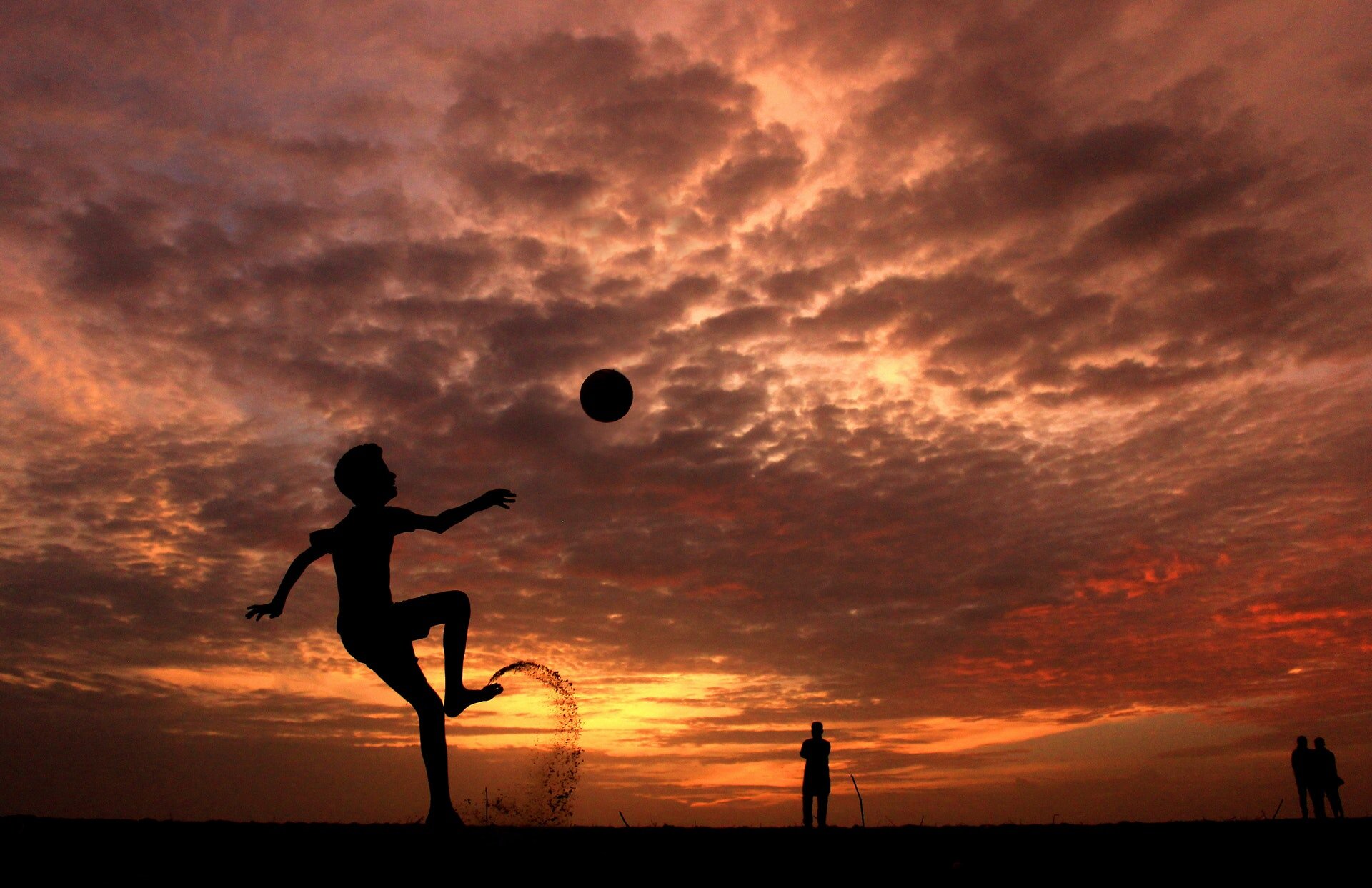Share This Article
For R U OK? Day 2021, Ed Goodman reflects on his own mental health struggles and the symbolic significance of haircuts as representations of mental health.
2019 was the year I sat my HSC.
2020 was a failed gap year and the beginning of a global pandemic.
And now in 2021, I write this ten, almost eleven, weeks into the longest lockdown we’ve had to endure.
The last three years, as I’ve transitioned through my final years as a teenager, the world seems to be ever-so-slightly falling apart. It appeared every time that I was looking forward to something, COVID swooped in and took it away. Jumping straight from HSC exams into a global pandemic isn’t exactly ideal for anyone’s mental stability. But a gap year that had just begun, ended in March 2020, and being told that a year of planned holidays, exciting adventures and once-in-a-lifetime experiences is ending before it started, all whilst living overseas without the support and guidance of parents and loved ones, is pretty gut-wrenching. Even now, a relatively normal semester of college events seems to have gone down the metaphorical drain in recent weeks.
I don’t say this to gain any sympathy, but rather to provide my credentials to my observations of what I have deemed to be the only constant in these times of crisis. Haircuts.
Bangs
There is a period of time, typically around late October, and early November of each year, when girls in their final year of school on the lower North Shore start to culminate a rather dangerous internal dialogue that externalises in unintelligible rhetoric.
“I actually think I’d look good with bangs”.
As author Allie Wach put rather bluntly “wanting bangs is almost never about wanting bangs and if you want bangs you should go to therapy first”. This trend of self-cut bangs seemed to multiply exponentially during the last two years as lockdowns were extended and people felt increasingly isolated and anxious.
Daria Kuss, a psychologist at Nottingham Trent University, notes that as increased stress and anxiety takes its toll on our mental health, we look for avenues to regain control over our lives. Hair, unfortunately, seems to be the punching bag that takes the brunt of this impact. Yet it can feel incredibly freeing to rid yourself of the physical and mental weight that those extra few inches of hair had over you.
The Buzzcut
This was made even more apparent over lockdown with the trendy unisex lockdown buzzcut. As quarantine, lockdown, and border closures separated loved ones and forced us all to migrate to zoom for social interaction, increased stress, anxiety, and isolation manifested in loneliness and prolonged feelings of depression. Those feelings of having extra control over our lives and the reduced risk of running into friends or co-workers with a patchy head persuaded many to take a pair of clippers to their locks during lockdown.
The trivial option of turning to clippers and shavers in times of mental distress represents a much more dangerous and pressing issue. That many of us are either unwilling to, or simply can’t, access the mental health services that we so desperately need. It’s a social stigma around mental health and a rejection of being perceived as “weak” or “broken”, combined with a public healthcare system that fails to provide comprehensive mental health coverage. A mental health system that is built on pervasive eligibility criteria designed to reject those who don’t meet certain benchmarks is inherently flawed. If a person feels mentally unwell enough to seek help, I cannot see a situation whereby rejecting that person can be justified. Why does a person have to be diagnosed with depression before they can access free therapy? Why does a person who struggles with disordered eating need to binge and purge a specific number of times a week before they can access the Eating Disorder Management Plan?
Fundamentally, we must ask why does a person in New South Wales have to get worse before they have access to the treatment they need to get better?
The Mullet
The last few weeks have seen the rebirth of another bangs-esque hairstyle. An iconic 70’s ‘do’ that screams ‘party in the front’ and ‘business in the back’. An impressive look that invokes the likes of Rohan Browning, Billy Ray Cyrus, Bailey Smith, and half the blokes at Andrews this semester. The impressive ‘Mullets for Mental Health’ campaign, initiated by the Black Dog Institute, has fundamentally rewritten the narrative of patchy self-given haircuts and used it as a springboard into constructive and beneficial dialogue surrounding mental health. Importantly, the Black Dog Institute notes that approximately half of people reporting symptoms of mental illness, either don’t, or are unable to seek help. Silence has a deadly effect. On average, every day, nine Australians die by suicide.
The most likely cause of death for men between the ages of 15 and 44 is suicide. The reason that the Black Dog Institute’s campaign has been so successful is because the target demographic has embraced it. However, it is important that the conversation doesn’t end at a trivial hairstyle. Whilst the mullet is a great hairdo and an even better laugh, especially if your mates are rubbish at using a shaver, it’s paramount that these haircuts culminate in more than a laugh and an Instagram post.
The mullet is pragmatically effective in two ways. First, the campaigns that run alongside these head-shaving adventures raise much needed funds for a disastrously underfunded cause. The Black Dog Institute is the only medical institution in Australia studying the impacts of mental illness over a lifetime which will inevitably lead to breakthrough research in methods of mental health disorder detection, prevention, and treatment. Second, it ignites a conversation centred around mental health that would have otherwise never happened. It’s hard to jump into a conversation about complex mental health issues but it’s rather easy to compliment a mate on his ridiculous hairstyle and gradually work your way into the root of the cause. Further, a mullet acts as an externalisation of your support for mental health, letting everyone know that you will both listen to, but also understand the issues that they’re facing. Those with mullets are important beacons of support and solidarity.
This second mechanism of social change coincides with the purpose of RU OK? Day which is to inspire meaningful connection with those around us and begin an admittedly difficult, but worthwhile, conversation about their struggles, great and small. RU OK? day emphasises the importance of conversation and its ability to change a life but also recognises that everyday individuals aren’t experts in mental health. They provide accessible resources on how to engage with friends and family who may be struggling with their mental health including recognising warning signs, how to start a conversation, what to say, and when to refer them to further assistance or help.
This September we see the interaction of these two great organisations on a large scale, and we must recognise that we can’t have one without the other. So, I implore all of you, especially those of you within these high-risk demographics, to engage with the messages and initiatives of these institutions. Start a conversation with those around you about mental health whether it begins with slandering an atrocious fade on the side of a mullet or simply asking “are you ok?”.
Igniting that conversation is the first step on an important journey.
Image: Pexels



